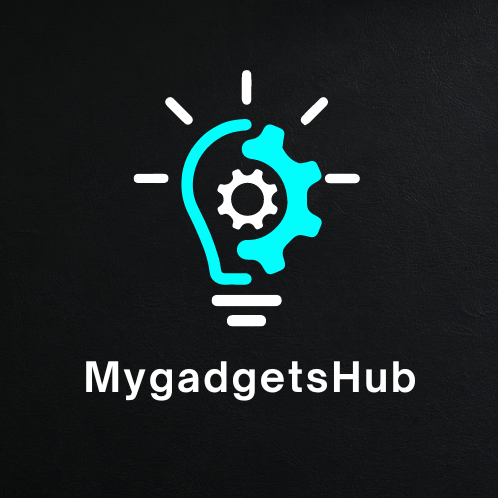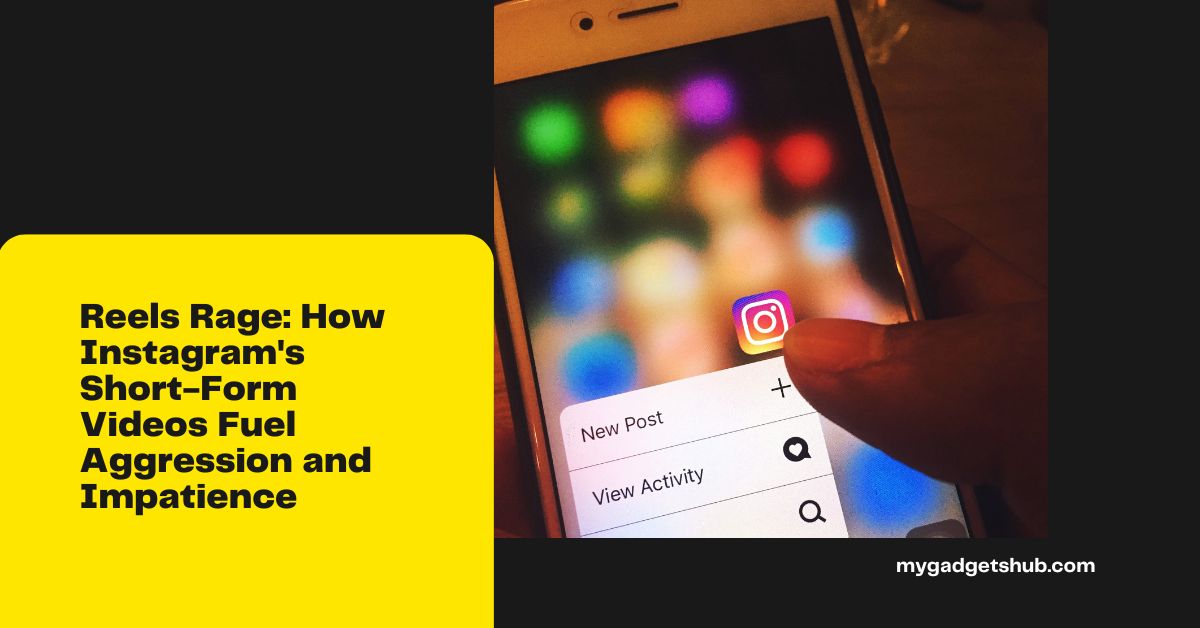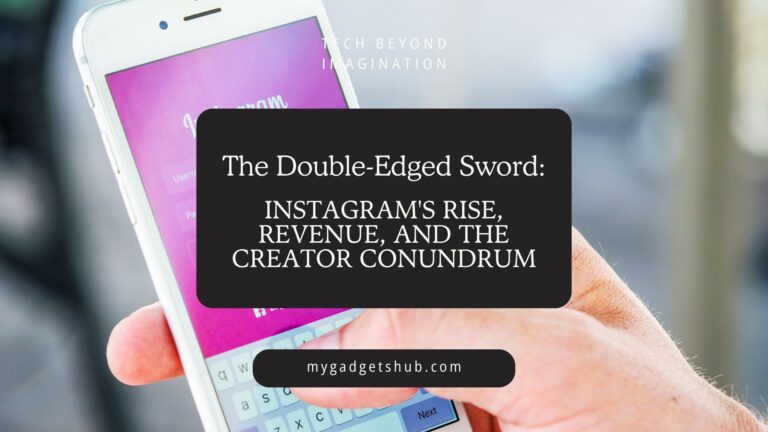Brief overview of Instagram Reels and their popularity
Instagram Reels are short-form video clips that allow users to create and share engaging content with music, effects, and AR filters. They were introduced in August 2020 as a direct competitor to TikTok and quickly gained popularity due to their user-friendly interface and viral potential.
Reels have become a significant feature on Instagram, offering a platform for creators to showcase their talents, connect with a wider audience, and participate in viral trends. Their popularity has surged, especially among younger demographics who enjoy the fast-paced, entertaining format.
Thesis statement: Instagram Reels contribute to increased aggression and impatience among users.
Here are a few thesis statements that support the claim that Instagram Reels contribute to increased aggression and impatience among users:
- Thesis Statement 1: The constant exposure to short-form, fast-paced content on Instagram Reels can lead to heightened aggression and impatience due to the accelerated pace of information consumption and the stimulation of the brain’s reward system.
- Thesis Statement 2: The addictive nature of Instagram Reels and the prevalence of social comparisons and the constant pressure to perform can contribute to increased aggression and impatience among users.
- Thesis Statement 3: The algorithm-driven nature of Instagram Reels, which often promotes divisive or emotionally charged content, can exacerbate feelings of aggression and impatience among users, leading to a more toxic online environment.
1 – The Short-Form Content Craze
The appeal of short, fast-paced content:
- Instant Gratification: Reels offer immediate satisfaction, catering to our desire for quick rewards and entertainment.
- Attention Span: The short duration of Reels aligns with our increasingly shorter attention spans, making them easy to consume.
- Accessibility: Reels are easily accessible on mobile devices, allowing users to consume content on the go.
How Reels have normalized rapid consumption of information:
- Changing Habits: The popularity of Reels has shifted our expectations for content consumption, making us accustomed to fast-paced, visually stimulating information.
- Information Overload: The constant influx of short-form content can overwhelm us, leading to information overload and difficulty focusing on longer-form content.
- Impatience: The rapid pace of Reels can cultivate impatience, making it difficult to wait for information or experiences that take time.
The impact of constant scrolling and switching between videos:
- Mental Fatigue: Constantly switching between videos can lead to mental fatigue and difficulty concentrating.
- Distraction: The constant stream of new content can be distracting, making it difficult to focus on tasks or maintain a train of thought.
- FOMO: The fear of missing out can drive users to scroll endlessly, creating a sense of urgency and anxiety.
2. The Dopamine Loop
The role of dopamine in the brain’s reward system:
- Reward Center: Dopamine is a neurotransmitter that plays a crucial role in the brain’s reward system. It is released when we experience pleasure or satisfaction.
- Motivation: Dopamine also motivates us to seek out rewarding experiences.
- Addiction: Excessive dopamine release can contribute to addiction, as the brain becomes conditioned to associate certain behaviours with pleasure.
How Reels exploit this system to keep users engaged:
- Predictable Rewards: Reels often follow a predictable format, with clear beginnings, middles, and ends. This predictability can create a sense of anticipation and reward.
- Surprise Elements: Unexpected twists, humour, or emotional moments can trigger dopamine release, keeping users engaged.
- Social Validation: Likes, comments, and shares can provide a sense of social validation, leading to dopamine release.
The addictive nature of short-form content and its effects on attention span:
- Habit Formation: The frequent release of dopamine in response to Reels can create a habit loop, making it difficult to resist the urge to consume more content.
- Attention Span: The constant stimulation of the reward system can lead to a decline in attention span, as the brain becomes less able to focus on tasks that don’t provide immediate gratification.
- Impatience: The addictive nature of Reels can contribute to impatience, as users may become frustrated with activities that don’t provide instant rewards.
3. The Impact on Social Comparisons
The prevalence of curated content on Reels:
- Highlight Reels: Reels often showcase the highlights of people’s lives, presenting a curated and idealized version of reality.
- Perfectionism: The pressure to create perfect Reels can lead to unrealistic expectations and a focus on superficial aspects of life.
- Comparison Culture: The constant exposure to curated content can foster a culture of comparison, where users feel compelled to measure themselves against others.
The negative effects of comparing oneself to idealized versions of others:
- Self-Esteem: Comparing oneself to idealized versions of others can lead to feelings of inadequacy and low self-esteem.
- Unrealistic Expectations: The pursuit of perfection can create unrealistic expectations and lead to disappointment and frustration.
- Social Anxiety: The fear of not measuring up can contribute to social anxiety and a reluctance to participate in social activities.
How this can lead to feelings of inadequacy and frustration:
- Social Comparison Bias: People tend to overestimate the positive qualities of others and underestimate their own. This can lead to feelings of inadequacy.
- Upward Social Comparison: Comparing oneself to people who are perceived as more successful or attractive can be particularly damaging to self-esteem.
- Frustration: The constant feeling of inadequacy can lead to frustration and a sense of hopelessness.
4. The Rise of Impatience
The expectation of instant gratification fueled by Reels:
- Immediate Rewards: Reels offer instant gratification, as users can quickly consume and enjoy content without waiting.
- Delayed Gratification: The constant exposure to instant rewards can make it difficult to appreciate activities that require delayed gratification, such as learning a new skill or pursuing long-term goals.
- Impatience Culture: Reels can contribute to a culture of impatience, where people expect everything to happen quickly and easily.
How this can lead to impatience in real-life situations:
- Frustration: When things don’t happen immediately, individuals may become frustrated and irritable.
- Conflict: Impatience can lead to conflicts with others who have different expectations or pace of life.
- Reduced Productivity: Impatience can hinder productivity, as individuals may struggle to focus on tasks that require patience and perseverance.
The negative consequences of impatience (e.g., increased stress, conflict):
- Stress: Impatience can increase stress levels, leading to physical and mental health problems.
- Conflict: Impatience can contribute to interpersonal conflicts, as individuals may become more likely to lash out or engage in aggressive behaviour.
- Missed Opportunities: Impatience can lead to missed opportunities, as
5. The Link to Aggression
The connection between frustration and aggression:
- Frustration-Aggression Hypothesis: This theory suggests that frustration can lead to aggression, especially when individuals are unable to cope with the source of their frustration.
- Negative Emotions: The constant exposure to negative or confrontational content on Reels can contribute to feelings of frustration, anger, and resentment.
How the constant exposure to negative or confrontational content on Reels can contribute to aggression:
- Desensitization: Repeated exposure to aggressive or violent content can desensitize individuals to these behaviours, making them more likely to engage in or tolerate them.
- Normalization: The normalization of aggressive behaviour on social media can make it seem more acceptable or even desirable.
- Modelling: Individuals may imitate the aggressive behaviour they see on Reels, particularly if they identify with the content creators or feel a sense of belonging to a community that promotes aggression.
The impact of social media arguments and online trolling:
- Escalation: Online arguments and trolling can escalate quickly, leading to verbal abuse, threats, and even physical violence.
- Emotional Toll: Engaging in or being subjected to online aggression can have a significant emotional toll, leading to feelings of anger, sadness, and anxiety.
- Social Isolation: The fear of being targeted by online aggression can lead to social isolation and a reluctance to participate in online communities.
Case Studies or Examples of Individuals Affected by Reels
- Personal anecdotes: Share stories of individuals who have experienced negative consequences due to excessive Reels consumption, such as increased aggression, anxiety, or relationship problems.
- Research studies: Cite research studies that have examined the psychological effects of Reels on individuals, focusing on cases of aggression, impatience, or other negative outcomes.
The Role of Algorithms in Promoting Aggressive or Divisive Content
- Algorithm Bias: Discuss how algorithms on social media platforms can be biased towards promoting content that is likely to elicit strong emotional responses, such as anger or fear.
- Engagement Metrics: Explain how platforms prioritize content based on engagement metrics (likes, comments, shares), which can inadvertently promote divisive or harmful content.
- Filter Bubbles: Discuss the concept of filter bubbles, where users are exposed to content that aligns with their existing beliefs, reinforcing their views and limiting their exposure to diverse perspectives.
Strategies for Managing Social Media Consumption and Reducing Negative Impacts
- Digital Detox: Suggest taking breaks from social media altogether to reset and reduce reliance on the platform.
- Mindfulness Techniques: Encourage the use of mindfulness techniques, such as meditation or deep breathing, to help manage emotions and reduce stress.
- Time Management: Provide tips for managing time spent on social media, such as setting timers or using productivity apps.
- Community Engagement: Encourage participation in offline communities and social activities to foster positive connections and reduce reliance on social media.
- Media Literacy: Promote media literacy skills to help individuals critically evaluate the content they consume and recognize biases or misinformation.
By incorporating these additional sections, you can provide a more comprehensive and informative analysis of the impact of Instagram Reels on users and offer practical strategies for managing social media consumption.
Conclusion
Recap of the main points discussed:
- Short-form content craze: The appeal of Reels, the normalization of rapid consumption, and the impact on attention span.
- Dopamine loop: The role of dopamine in addiction, how Reels exploit this system, and the effects on attention span.
- Social comparisons: The prevalence of curated content, the negative effects of comparison, and the impact on self-esteem.
- The rise of impatience: The expectation of instant gratification, the impact on real-life situations, and the negative consequences of impatience.
- The link to aggression: The connection between frustration and aggression, the impact of negative content, and the effects of online arguments.
The potential long-term consequences of increased aggression and impatience:
- Mental Health: Chronic aggression and impatience can contribute to mental health issues, such as anxiety, depression, and substance abuse.
- Relationships: Aggression and impatience can strain relationships with friends, family, and romantic partners.
- Productivity: Difficulty concentrating, focusing, and delaying gratification can hinder productivity and success in personal and professional life.
Suggestions for healthier social media habits:
- Set limits: Establish time limits for social media use and designate “no-Reels” zones.
- Mindful consumption: Be intentional about the content you consume and take breaks from social media.
- Curate your feed: Unfollow accounts that contribute to negative emotions and mute or hide unwanted content.
- Find alternatives: Engage in offline activities, mindfulness practices, and hobbies.
- Challenge negative thoughts: Recognize the limitations of social media and focus on positive aspects of your life.
- Seek support: Talk to friends, and family, or join support groups to address social media addiction.
By implementing these strategies, individuals can break the Instagram Reels addiction cycle and cultivate healthier social media habits.



